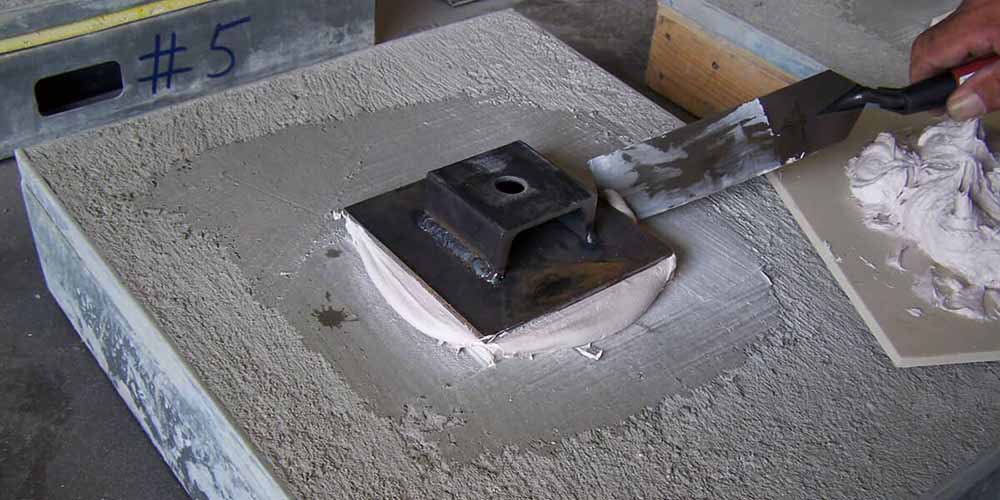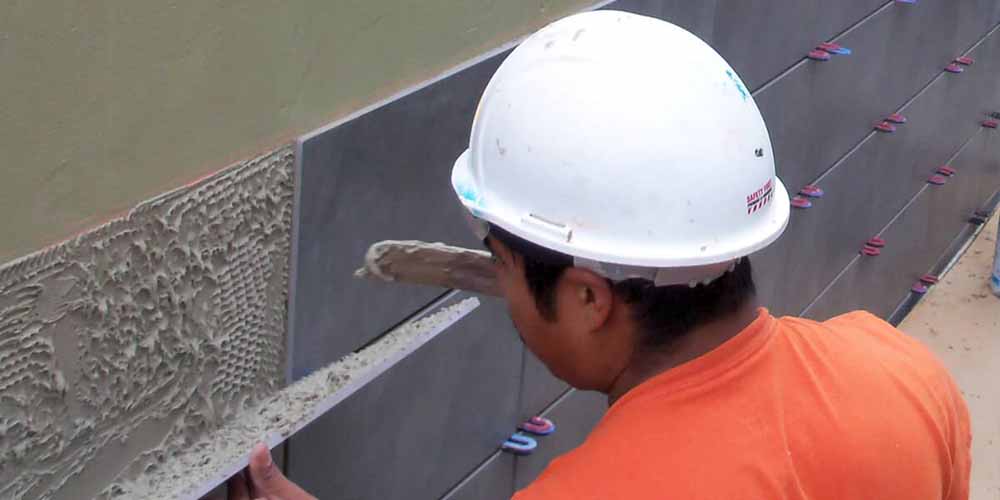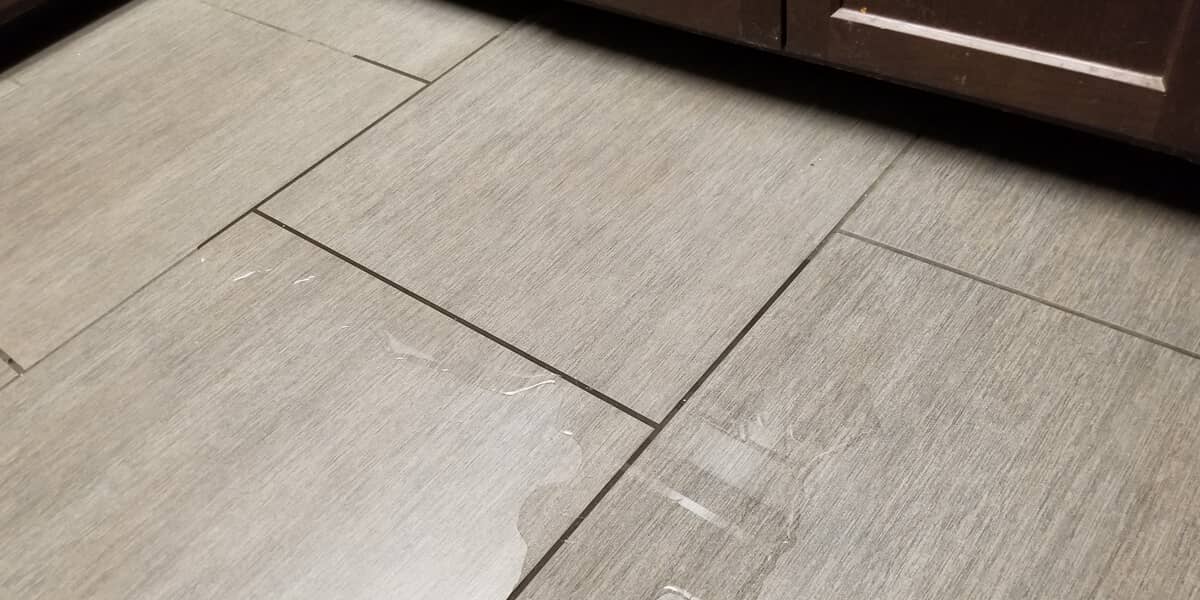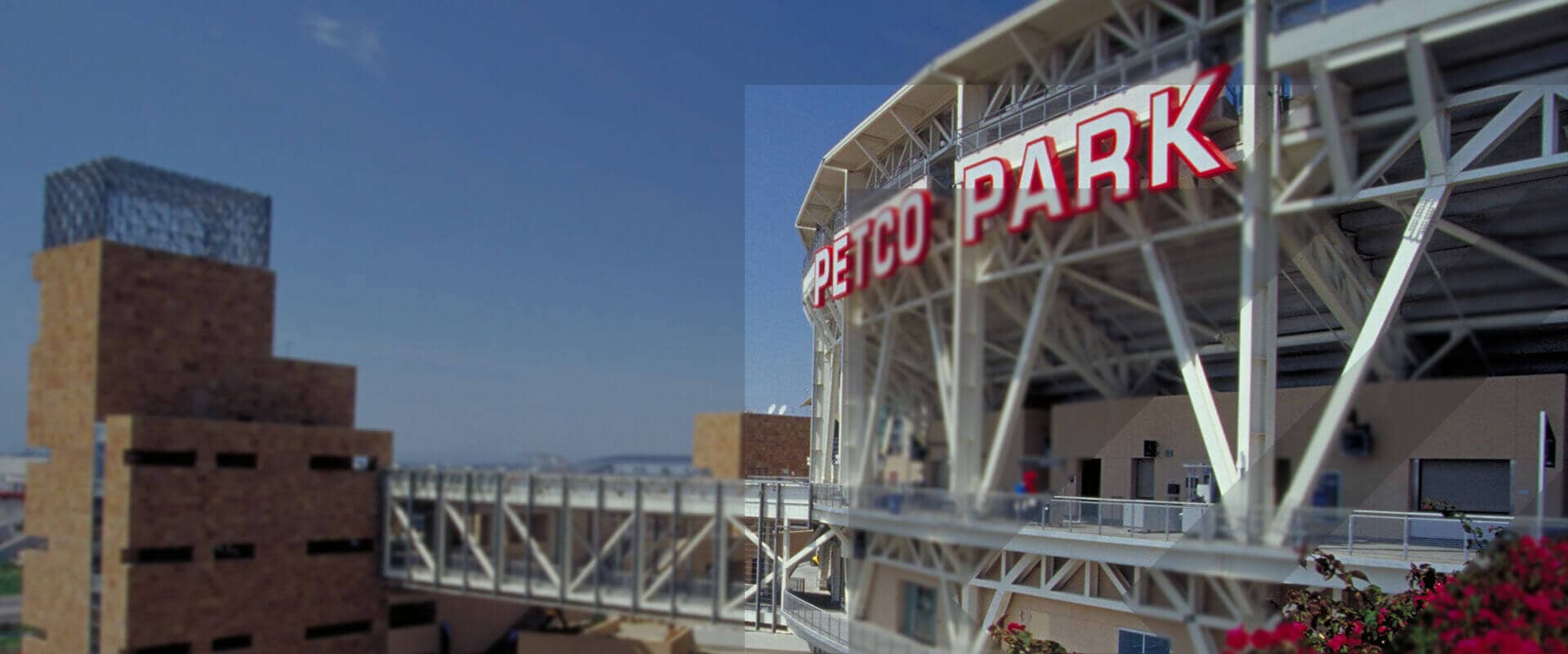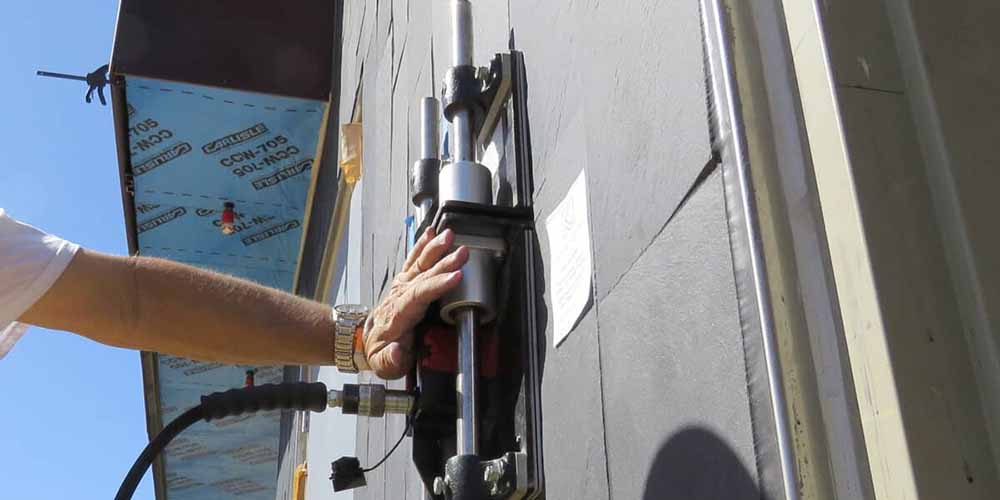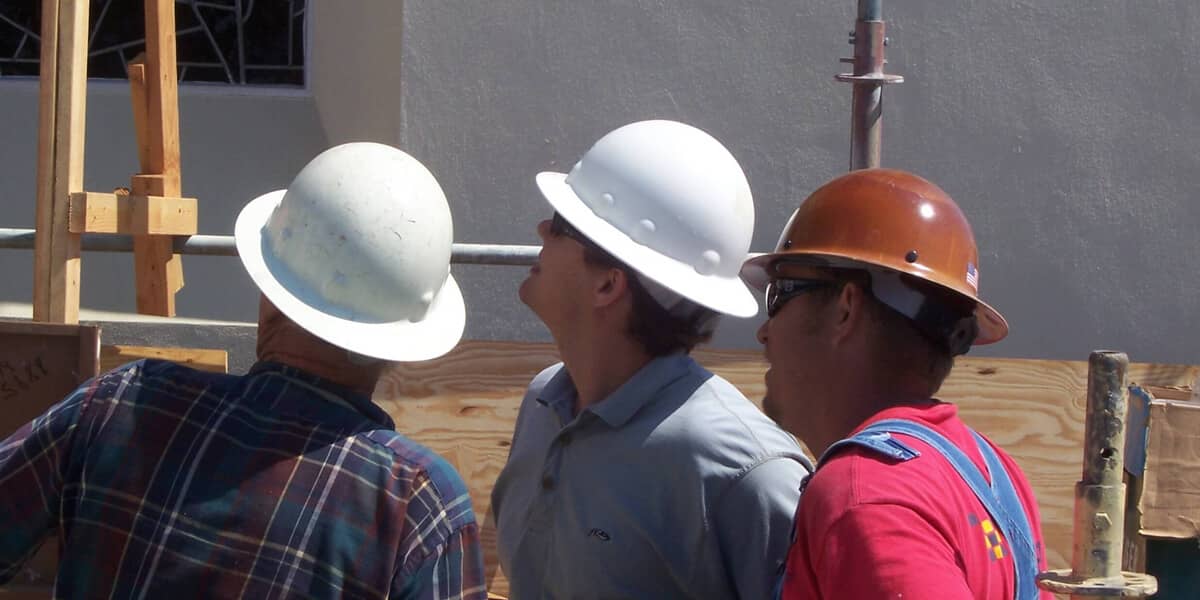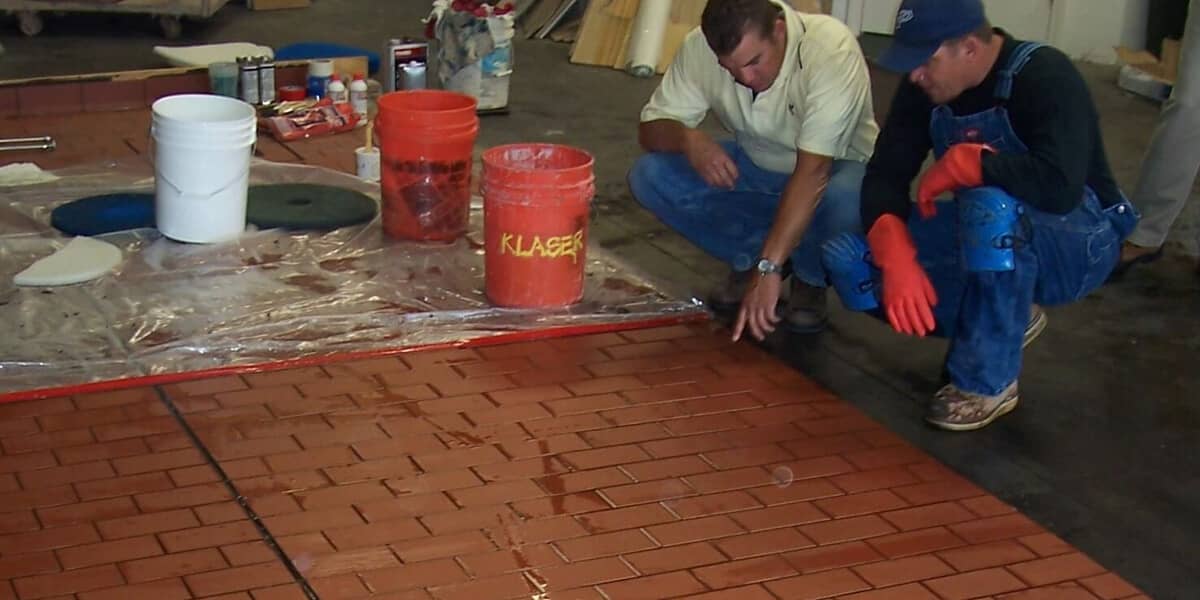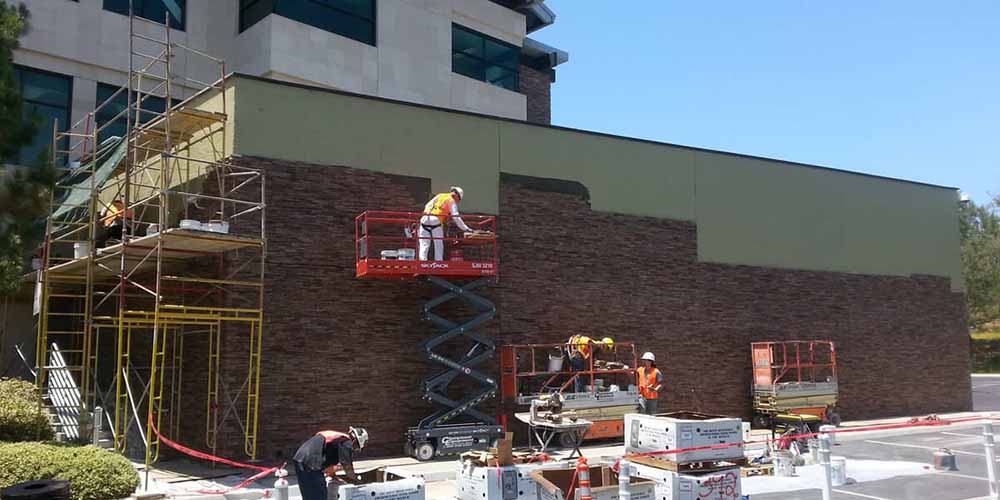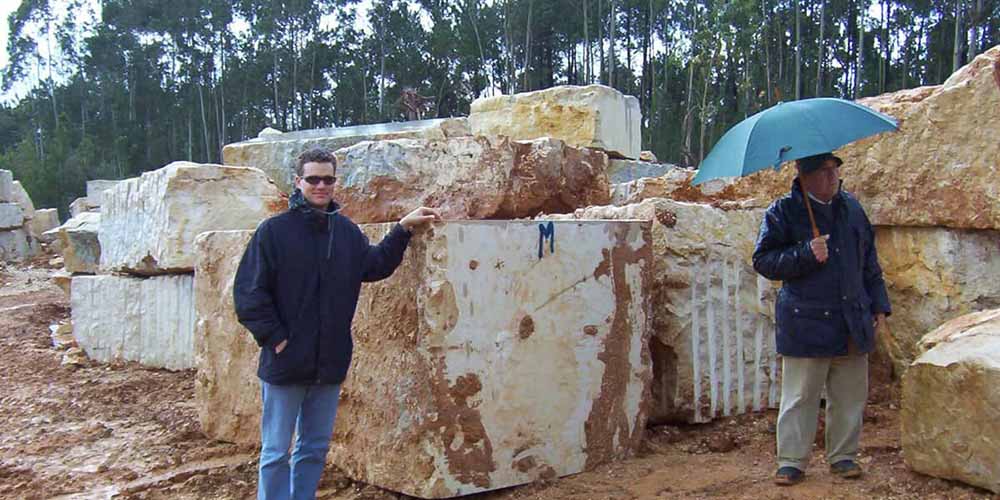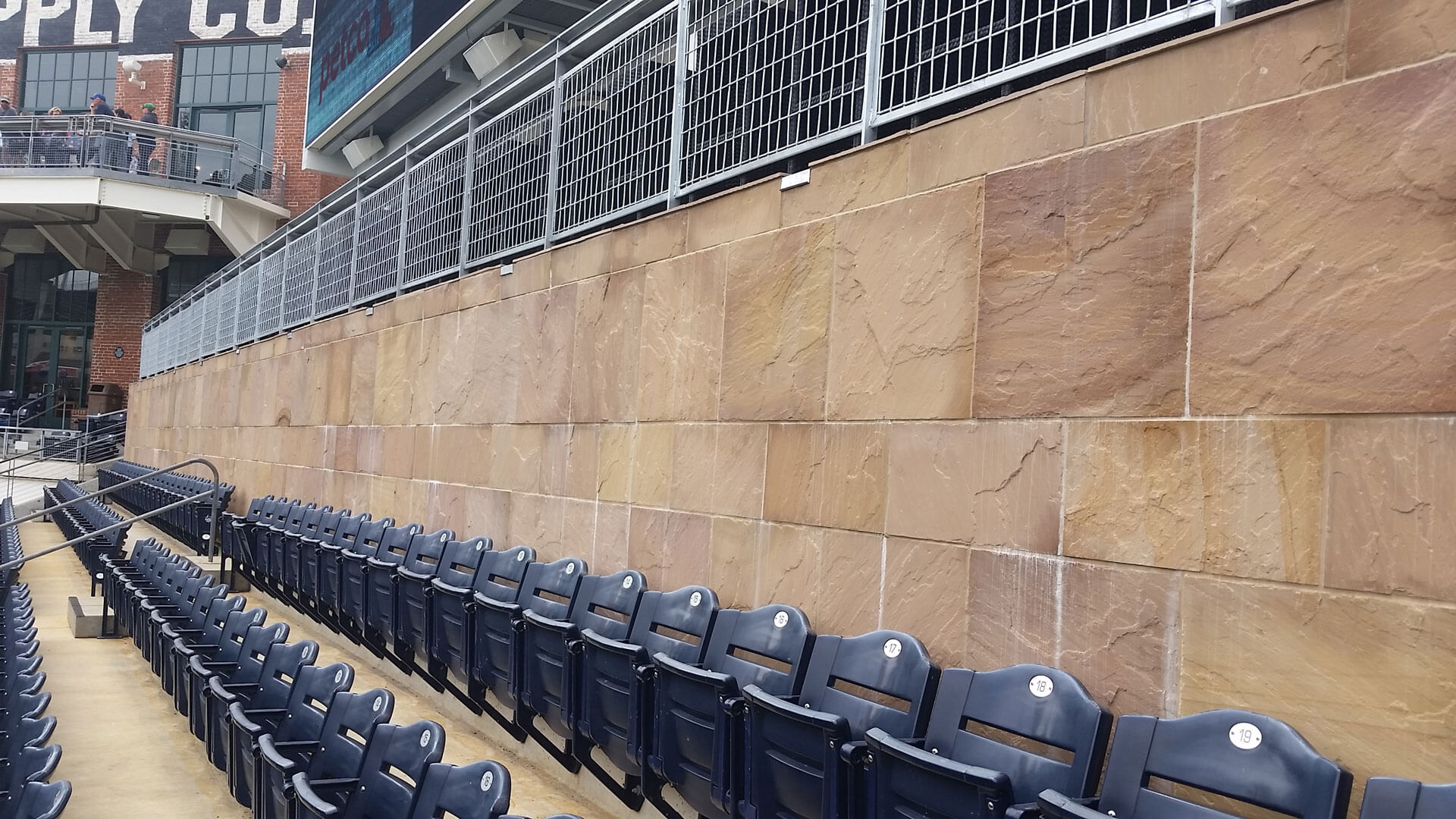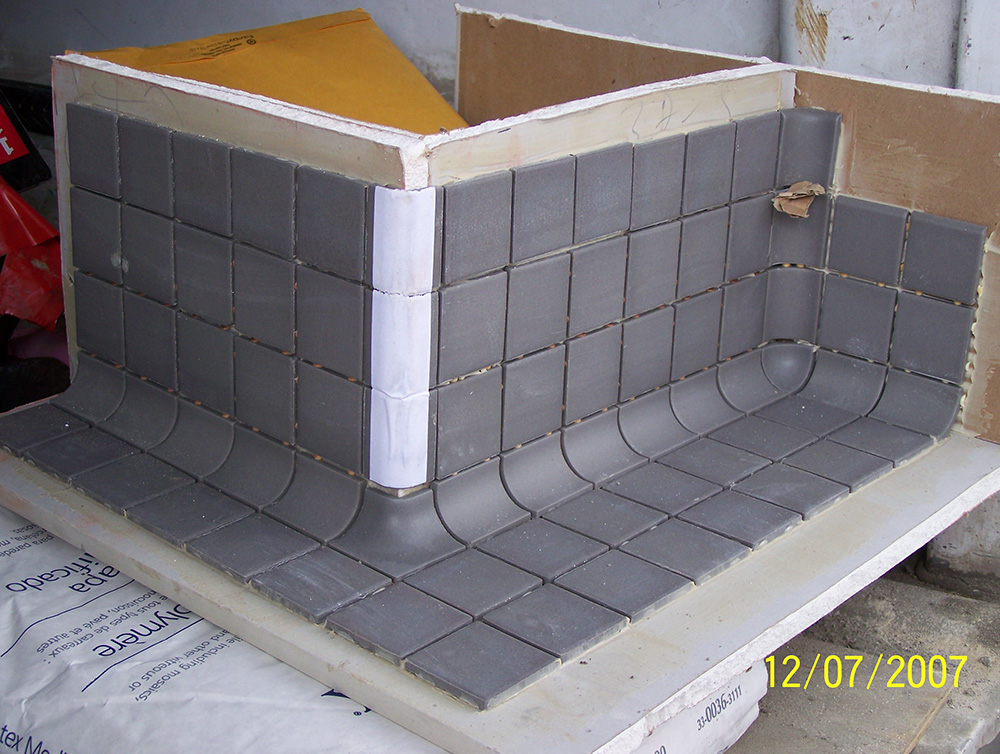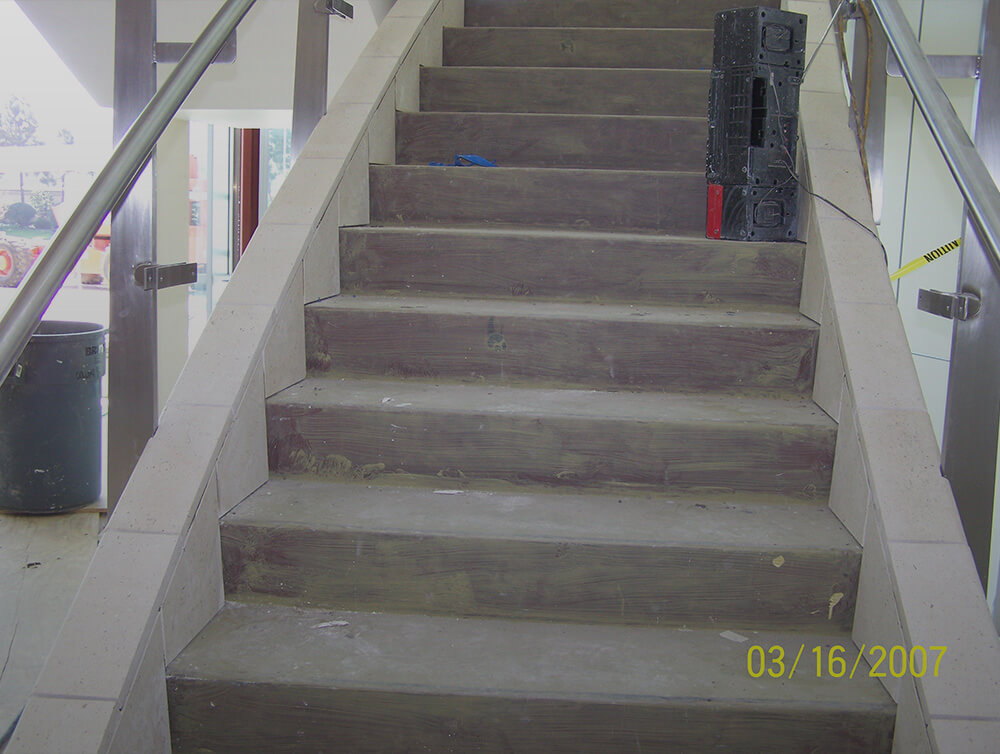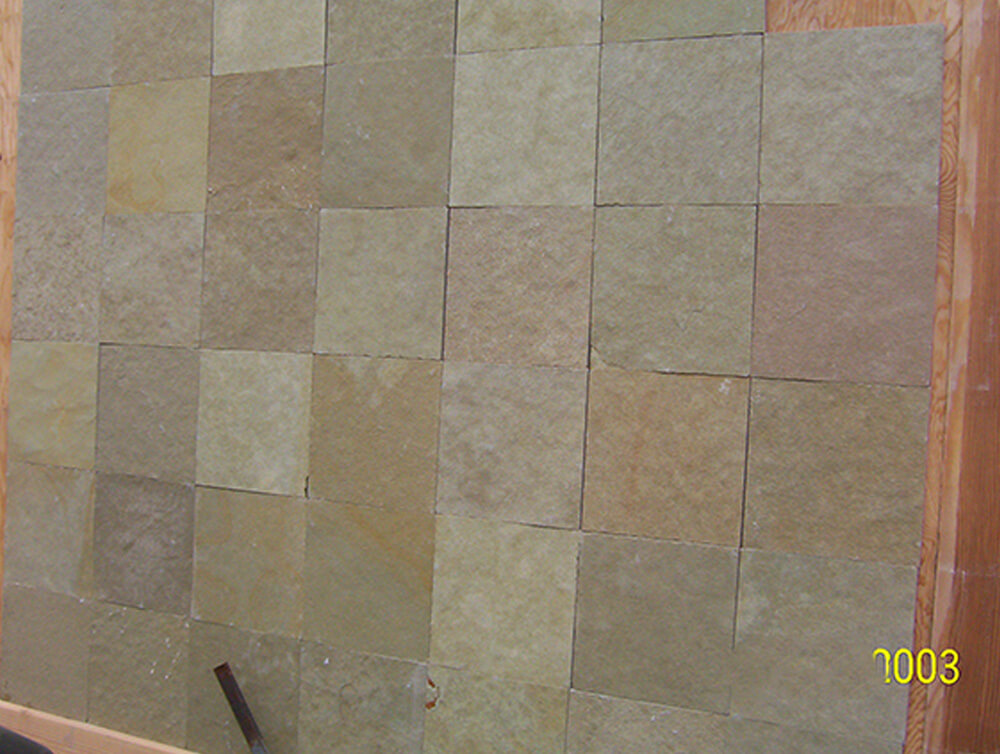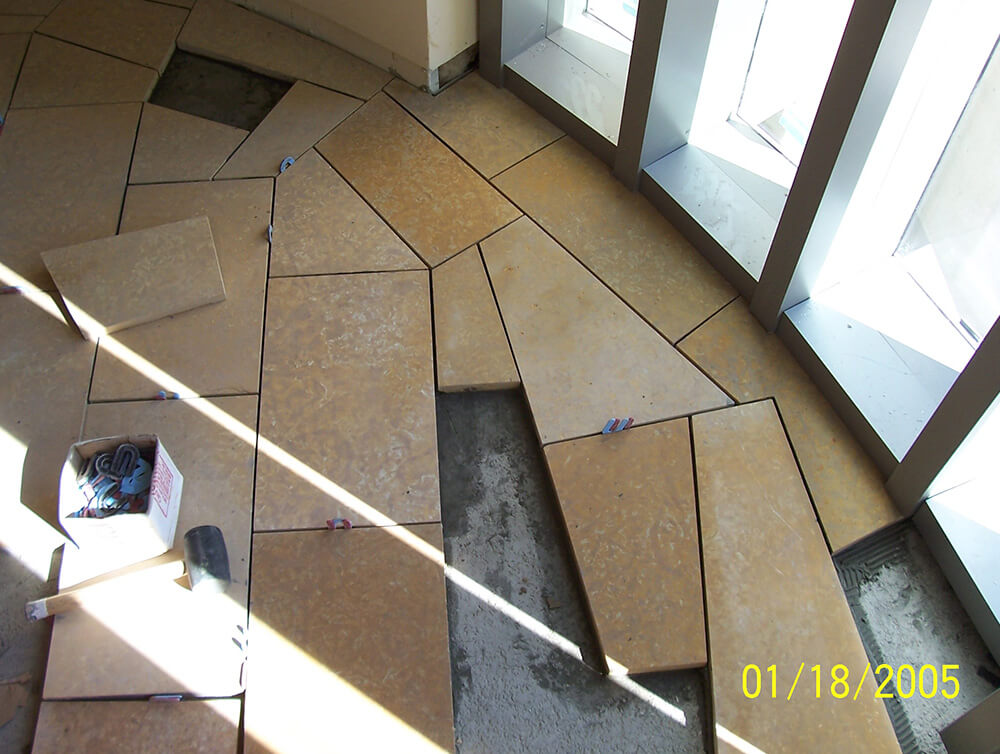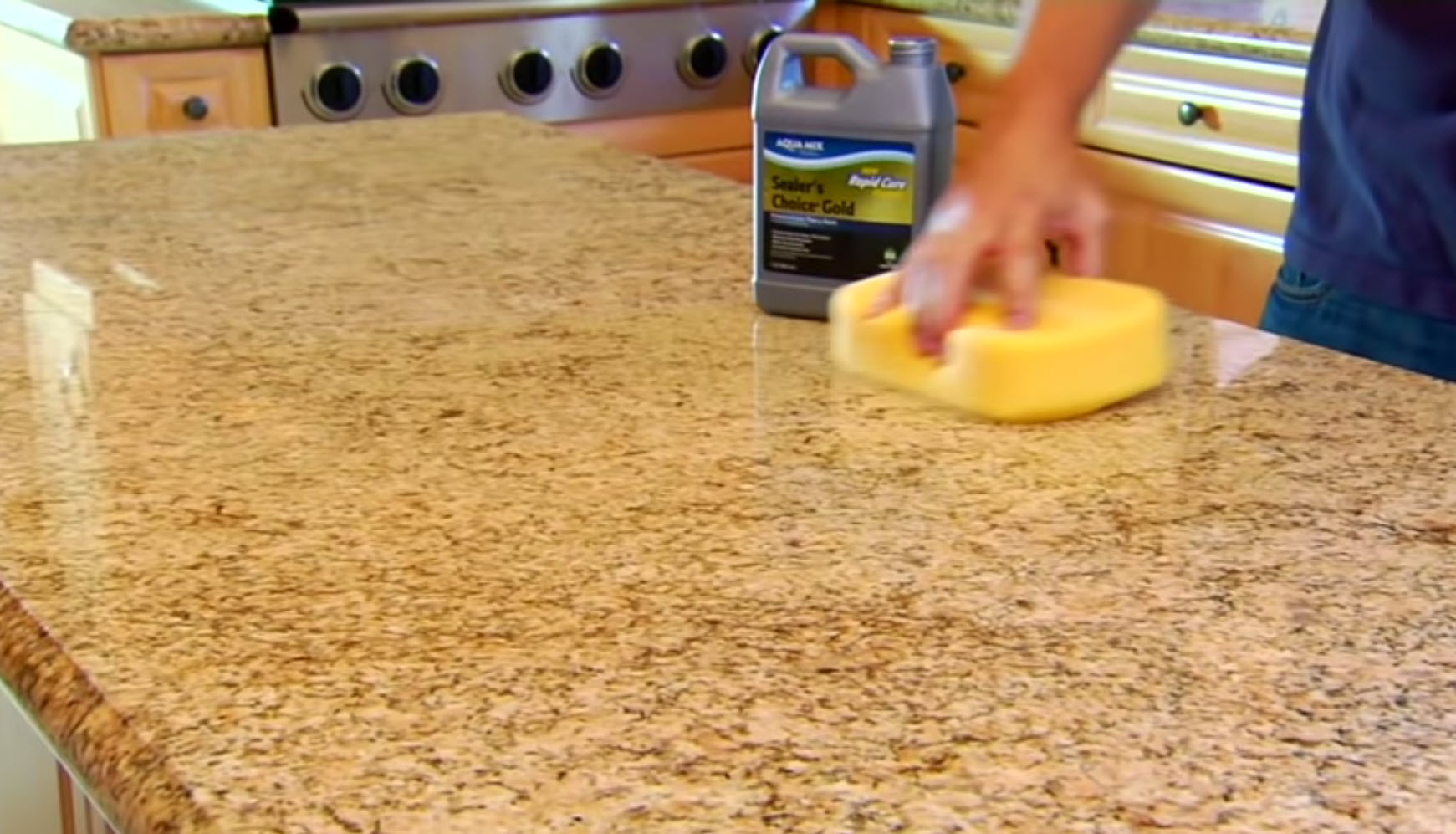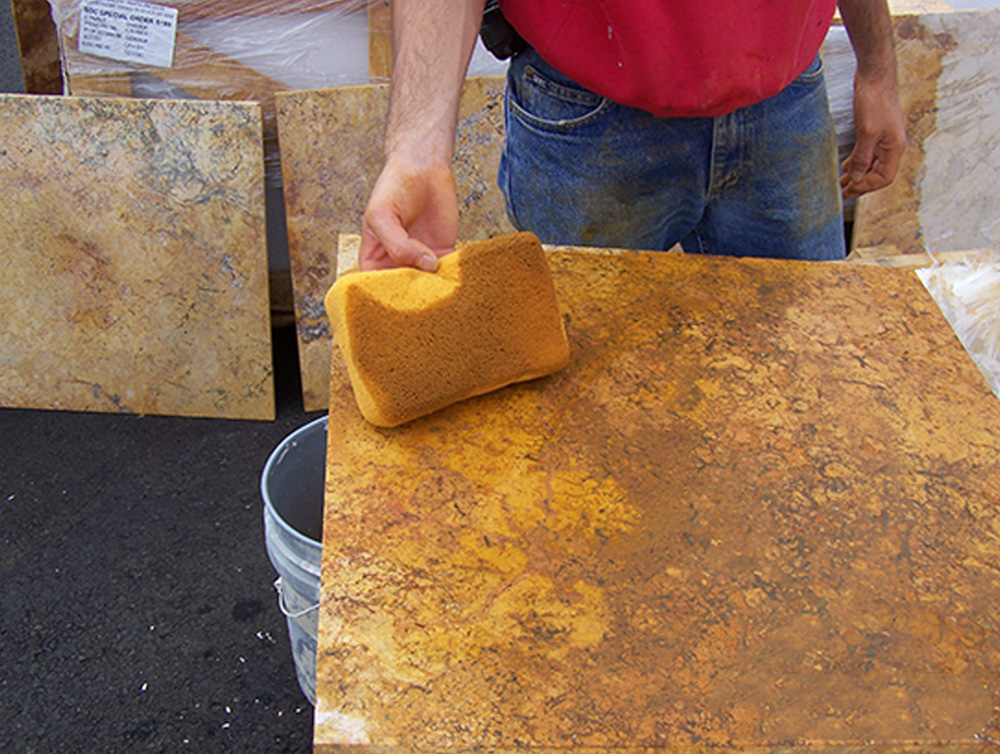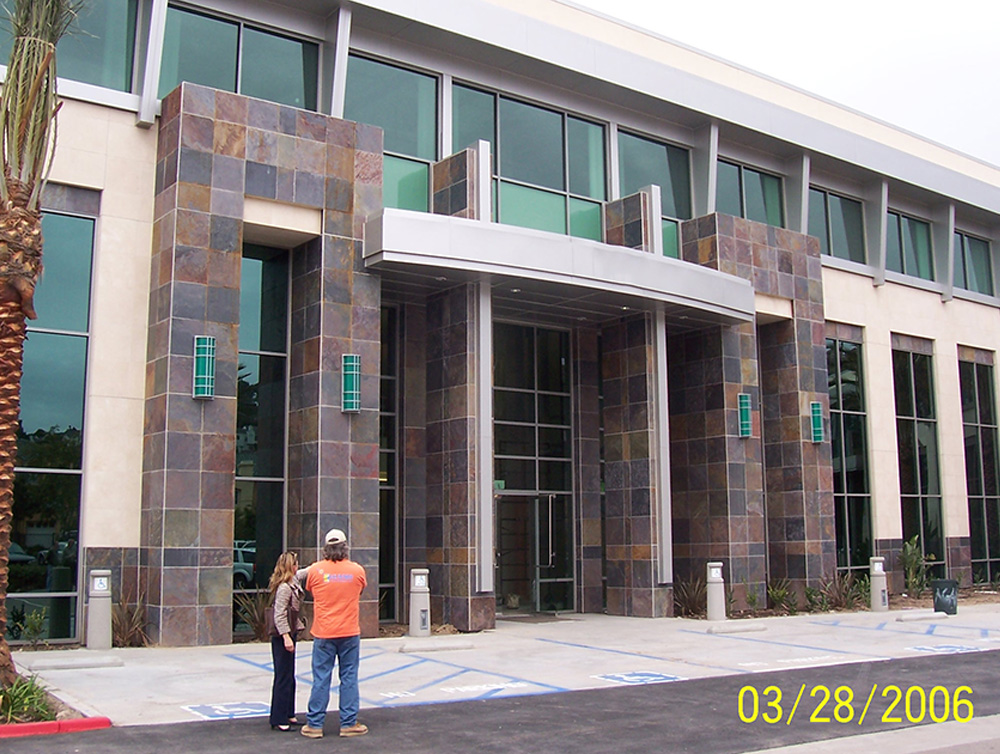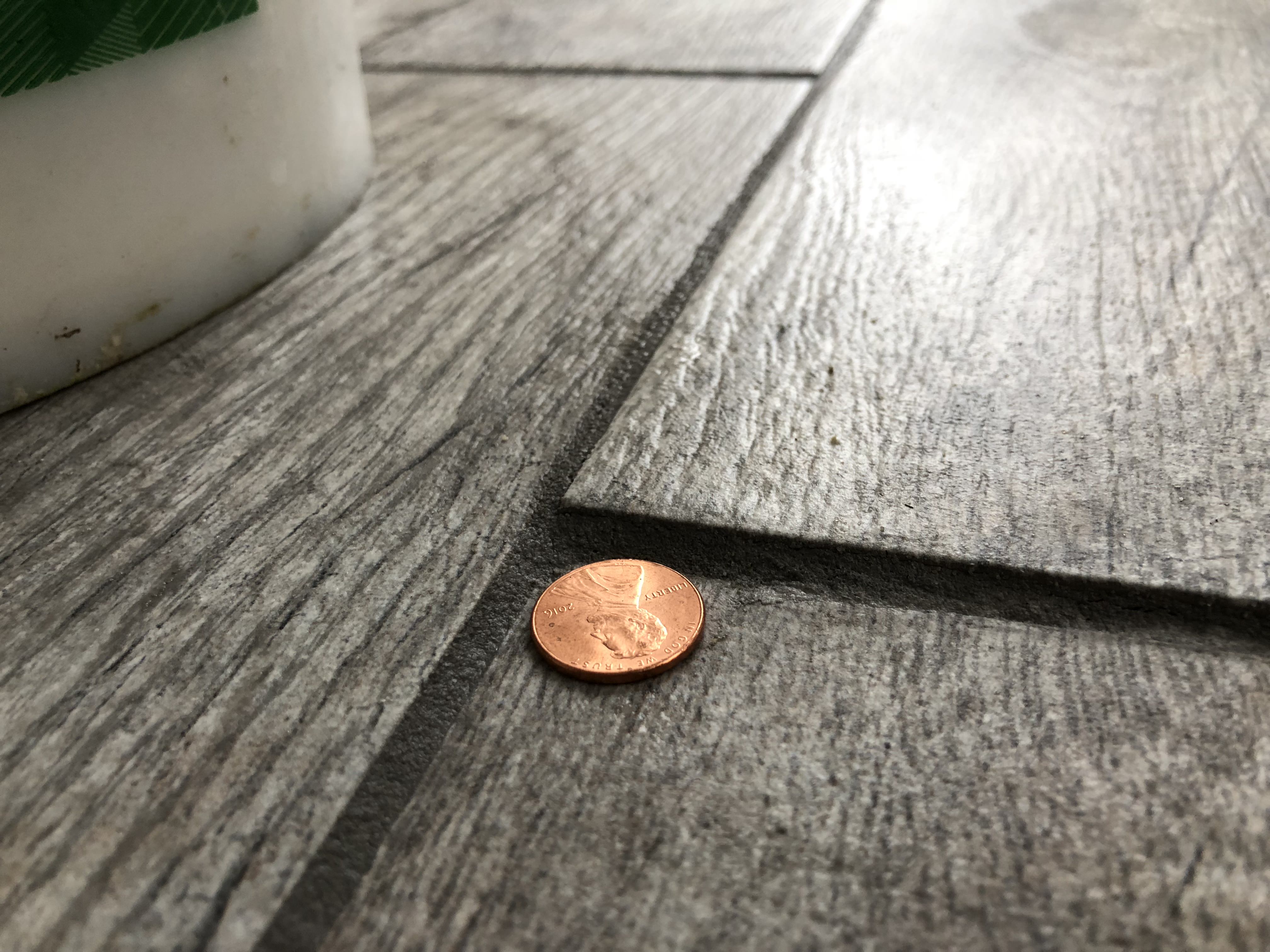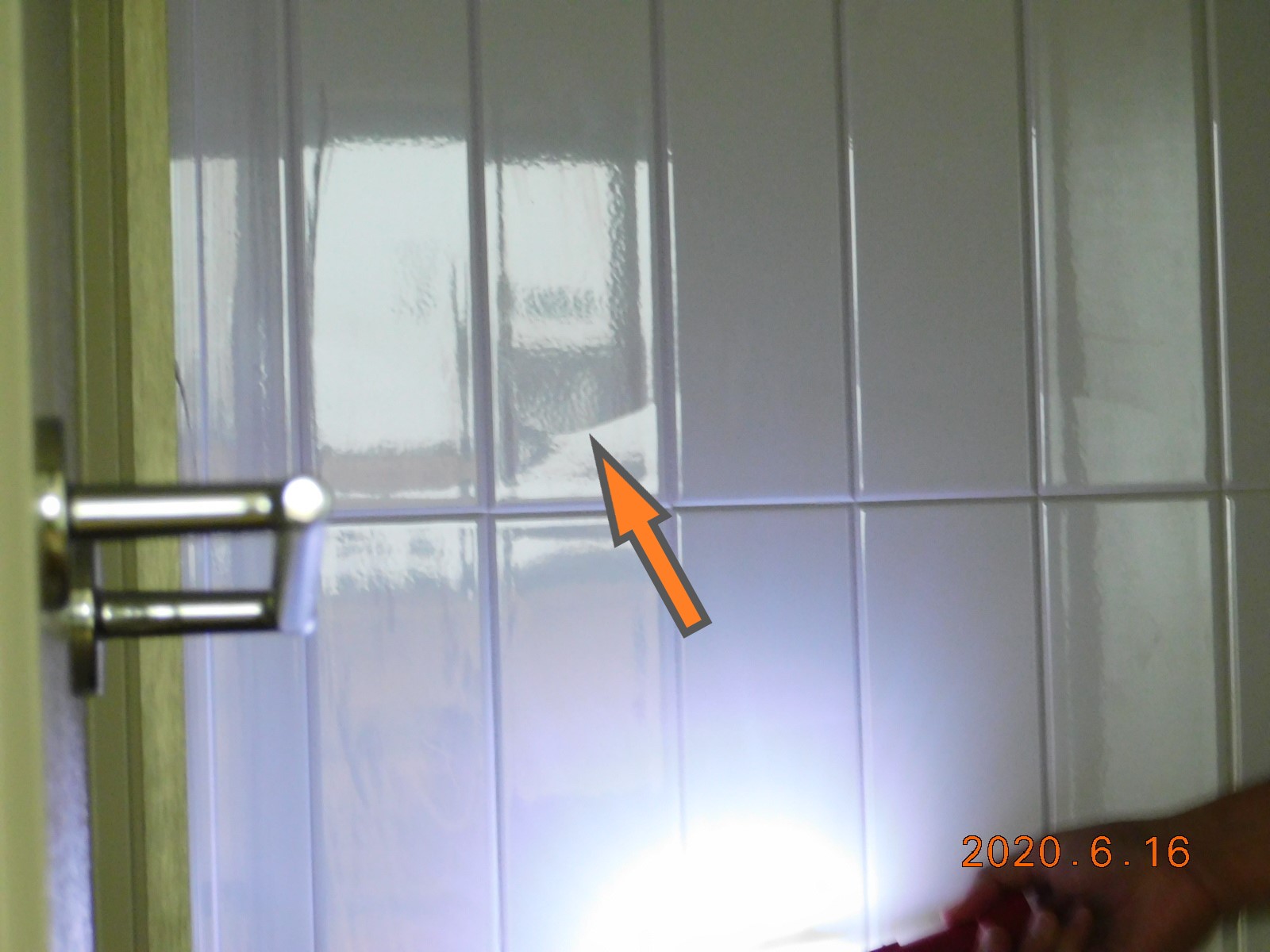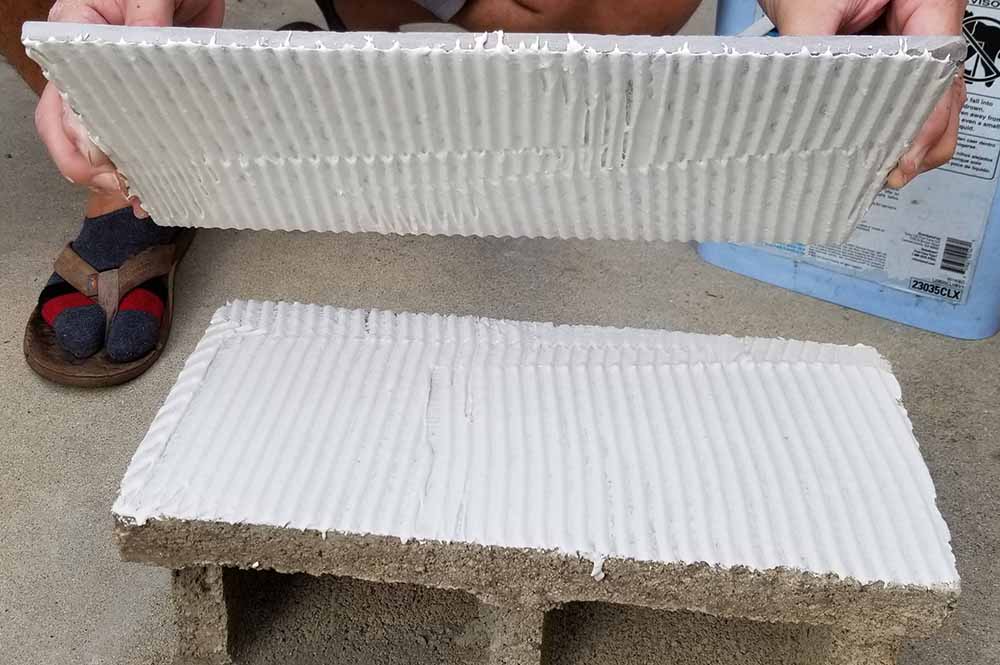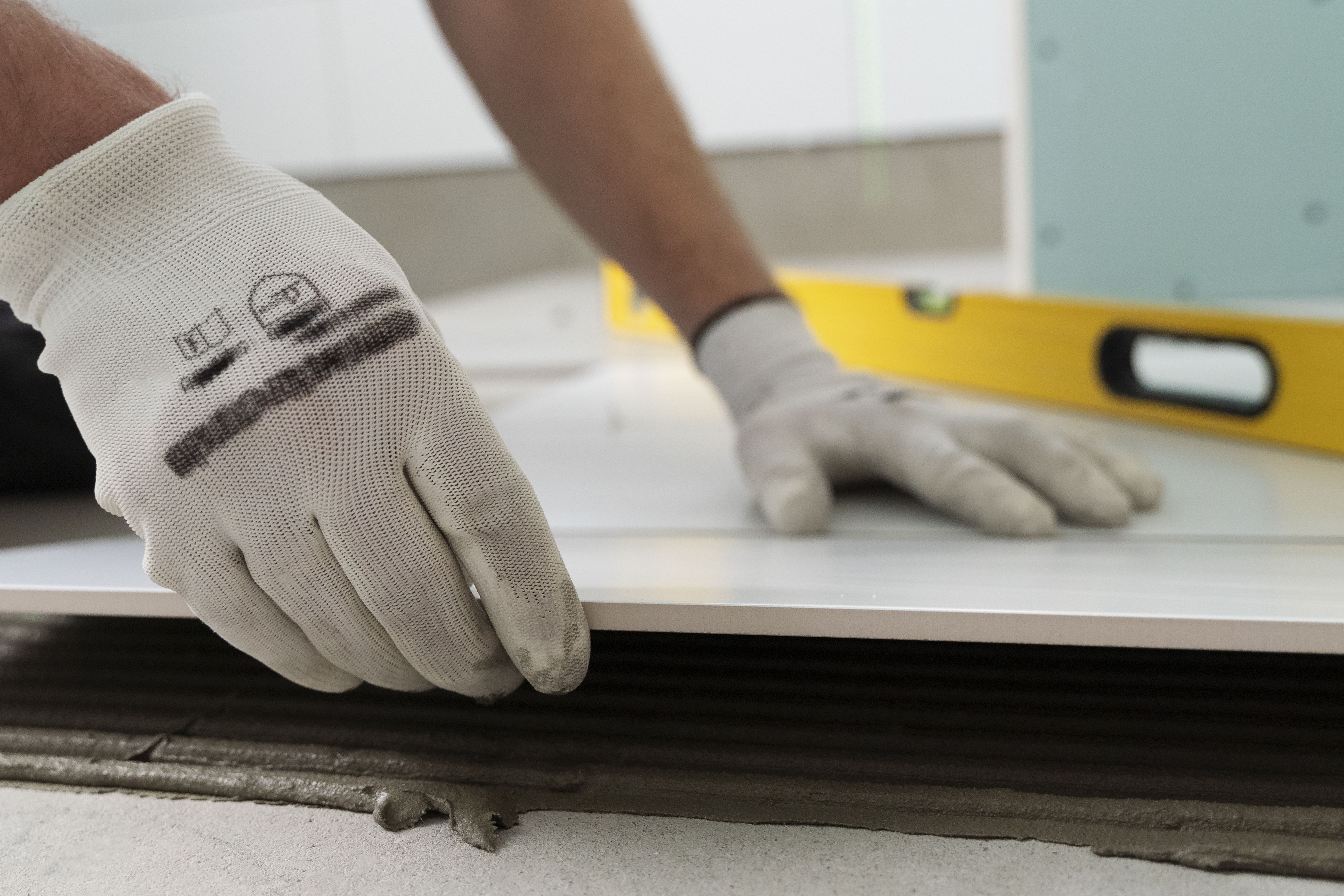Latex Leaching
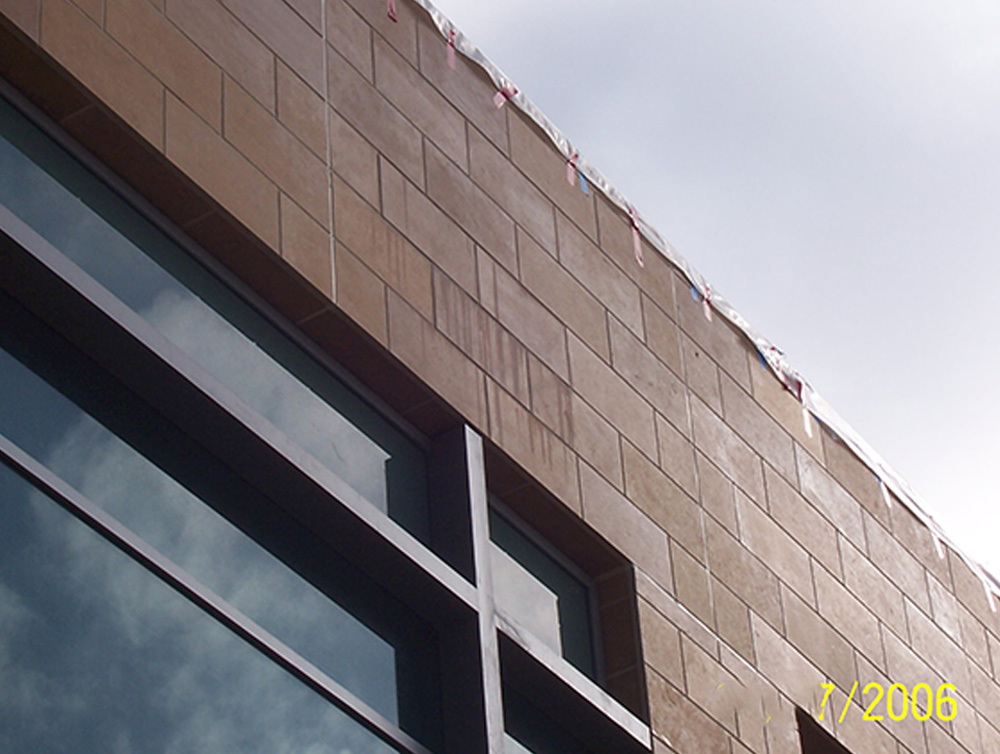
Latex leaching is often confused with efflorescence as it can also materialize in a whitish form on the surface of an application.
Latex leaching normally takes the form of streaks running straight down the face of vertical applications or along the path of drainage of flat work. Sometimes they are easily seen and observed but there are other times where it is hard to notice and can only be seen with proper back lighting angles.
Latex leaching is normally caused from an application that is subjected to saturation of water before the application materials have properly cured. This is common in the fast-paced world of today’s construction as contractors are continually searching for ways to shorten the duration of a project. This can be prevented with proper protection and planning of the assemblies. The best way to stop latex leaching is to prevent it from occurring in the first place at all. While a general contractor is never happy with schedule delays, adding the proper time for curing can prevent costly problems that will add more time to the schedule once corrective action needs to be taken.
Although the stains are often very stubborn and difficult to clean, there are products and methods that can be used to remove them. Care must be taken when using cleaners as the surface of a tile or stone can be permanently damaged if the wrong product or method is used.
We offer project management and onsite quality control services which can often be the difference between how a project performs and whether latex leaching occurs or not. We also review project plans, specifications, and submittals and can find problems in design or intention and provide corrective guidance to avoid a latex leaching problem before it occurs.
We offer onsite forensic inspection and investigation services that can be tailored to even small budgets. We can detect and uncover any deficiencies that an installation has that could be contributing to latex leaching and provide recommendations on how to mitigate and solve the items that are contributing to it.


